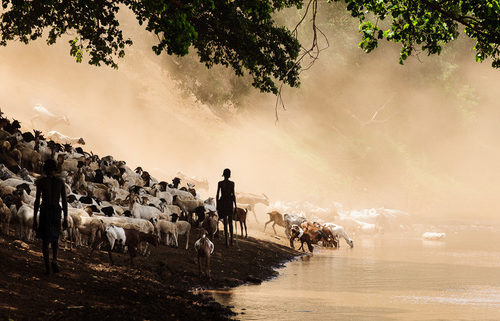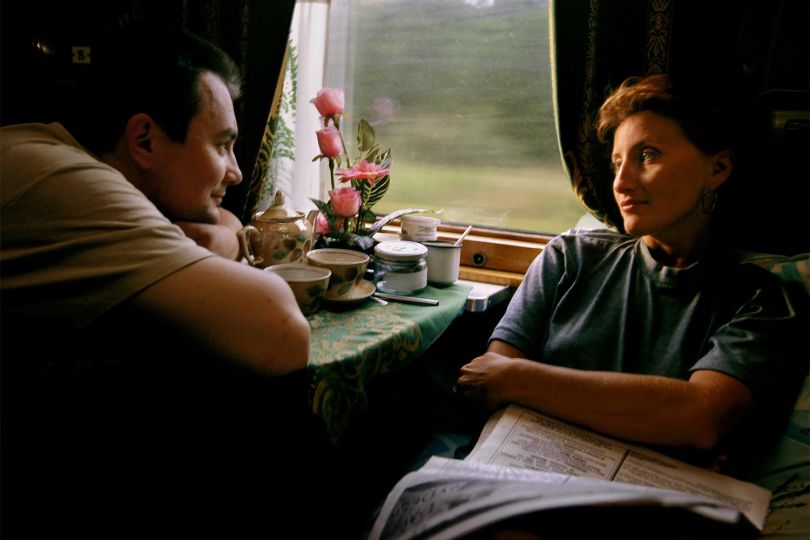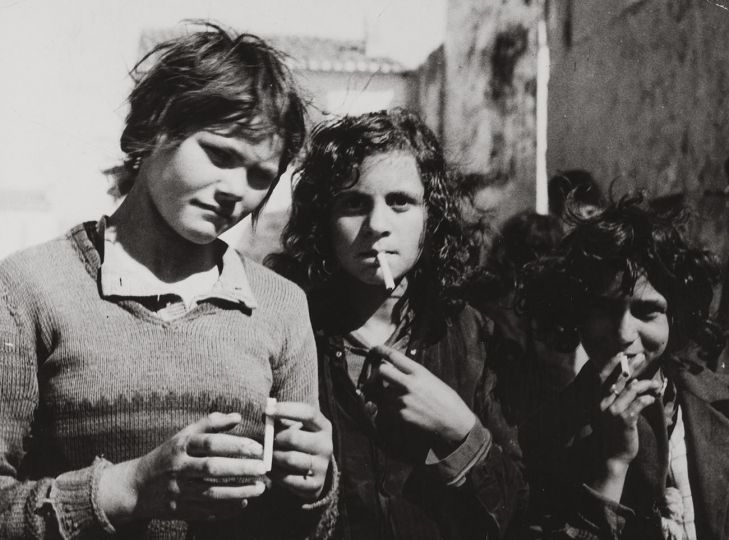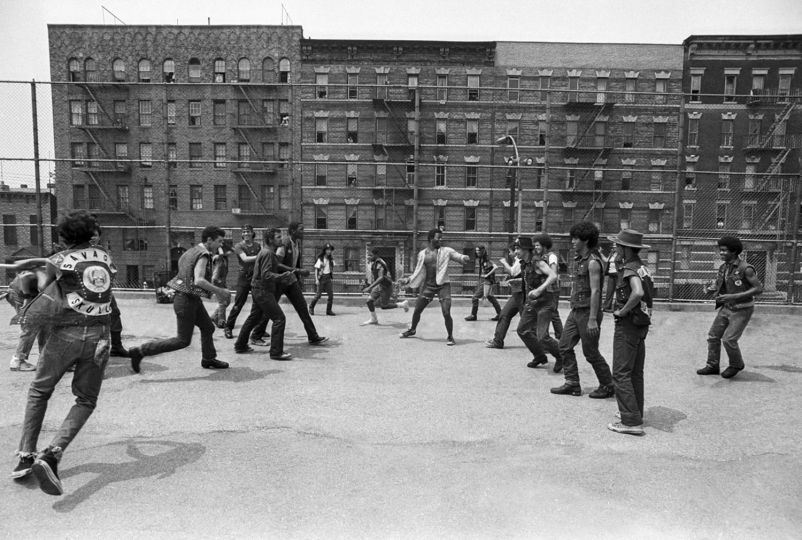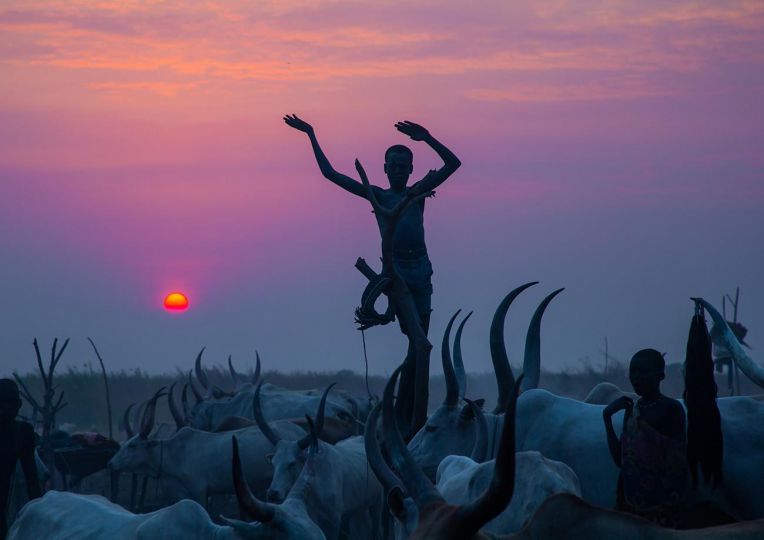Omo: A River of Change, by American photographer John Rowe, is a dramatic glimpse into the influx of development and globalization to what is considered one of the most ethnically and biologically unique regions of the world.
For centuries, Omo Valley, in Ethiopia, “the birthplace of man,” has been a hub of human migration, with the Omo River acting as the heart of economic, cultural, and spiritual life. In 2006, John Rowe had the rare opportunity of photographing this region prior to the encroachment of such external influences as the Gibe Dams, industrialized farming, missionaries, and tourism. Over the next 10 years he would continue to document the area and people, examining such issues as intertribal conflict, displacement, poverty, alcoholism, prostitution, tribal customs, and traditional practices.
It wasn’t long before Rowe began to realize the magnitude of what he was observing in the Omo Valley, and how representative it was of tribal issues worldwide. Rowe’s images document an ecological and humanitarian crisis on the most devastating scale. As Survival International would remark “[this is] one of the most audacious land grabs that Africa has yet seen, the tribes of Ethiopia’s Lower Omo Valley are being evicted from their ancestral homes, and their grazing and farming lands are being transformed into industrial sugar cane, cotton, and biofuel plantations.”
With the construction of the Gibe dams, the issues already faced by communities in the Omo River Basin, now extend to an additional 300,000 people who live near or benefit from Lake Turkana, the largest desert lake in the region. With the Omo River providing 90% of the water supply to Lake Turkana, the inevitable reduction of flow from the construction of the dams, poses a critical risk to the very existence of what is a major source of water to the region. According to the head of the Kenya’s national conservation agency, the dam will unleash “one of the worst environmental disasters you can imagine.”
“The Omo Valley, known as the last frontier in Africa is home to nine main tribes and many other smaller tribes all of which are remarkably unique to each other,” says John Rowe. “It is visually captivating and truly like no other place I have been on the planet. I found myself drawn back year after year to photograph not just the people and landscape but the changes that were also rapidly occurring in this remote undeveloped region. It became my passion to photograph these people at that moment in time.”
What is occurring in Ethiopia and Kenya translates to such regions as the Amazon, India, Myanmar, and the Arctic, for example, where indigenous people also fight for their way of life economically and culturally. Issues like poverty, alcoholism, and intertribal conflict are commonly attributed to third world communities. However, these same issues are also faced by indigenous peoples in the developed world, such as North America.
The series Omo: A River of Change represents a microcosm of these global issues faced by indigenous communities, where traditional ways of life are threatened by the modern world. The images weave a complex narrative, describing a resilient human and geographic landscape in the midst of an unparalleled humanitarian and ecological crisis.
John Rowe, Omo Valley
Self-Published
$125.00

